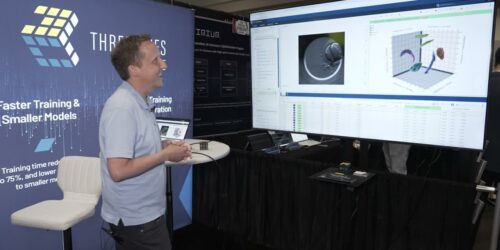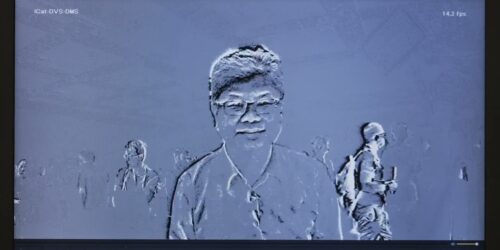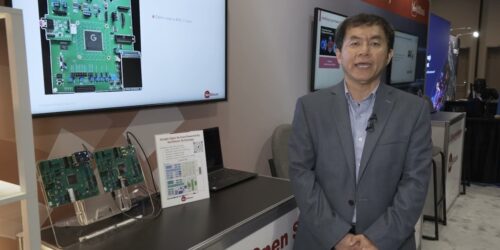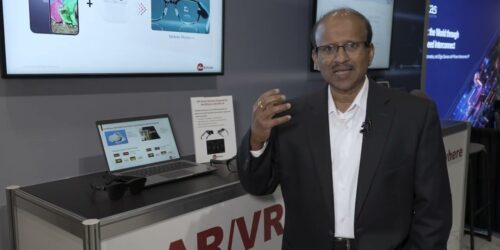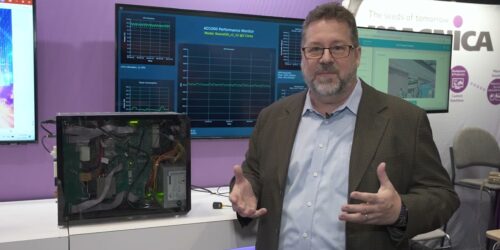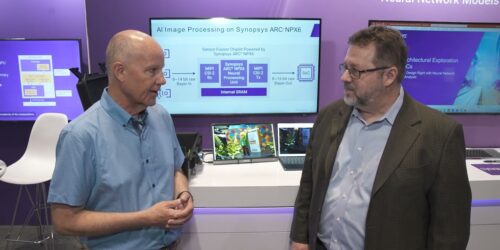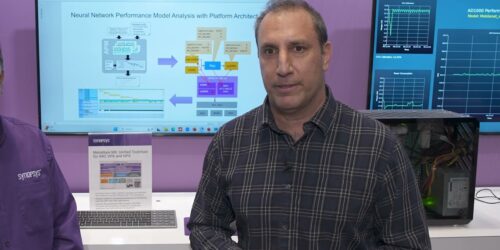3LC Demonstration of Catching Synthetic Slip-ups with 3LC
Paul Endresen, CEO of 3LC, demonstrates the company’s latest edge AI and vision technologies and products at the 2025 Embedded Vision Summit. Specifically, Andresen demonstrates the investigation of a curious embryo classification study from Norway, where synthetic data was supposed to help train a model – but something didn’t quite hatch right. Using 3LC to […]
3LC Demonstration of Catching Synthetic Slip-ups with 3LC Read More +

